Bringing science to life in early years classrooms means sparking curiosity about the world around us. There’s nothing better than combining storytelling and science as picture books have the power to spark that curiosity. In the early years classroom, this blend is especially magnificent. When children learn about Australian habitats and the basic needs of animals, they develop not only knowledge but respect and care for living things. Here are three engaging, teacher-friendly activities paired with beautiful picture books that make animal habitats classroom learning meaningful and hands-on.
Understanding Animal Needs with Just Enough!

Just Enough! by Steven Huynh follows Australian animals through their day in the southwestern bush, gently introducing young readers to the basic needs of living things, specially the black swan, such as food, water, air, and shelter. The swan doesn’t take more than it needs, showing how balance in nature supports survival. With its simple language and soft illustrations, the story encourages reflection about sustainability and responsible living, all within a relatable, animal-centred narrative.
The linked activity, Basic Needs for Black Swan, is a fantastic resource for helping students recognise what the black swan and other bush animals requires to survive. This activity fosters observation skills and environmental empathy, which are key outcomes in early years science activities. Teachers will appreciate how it connects science with sustainability, encouraging children to think about resource use responsibly. Find the activity here!
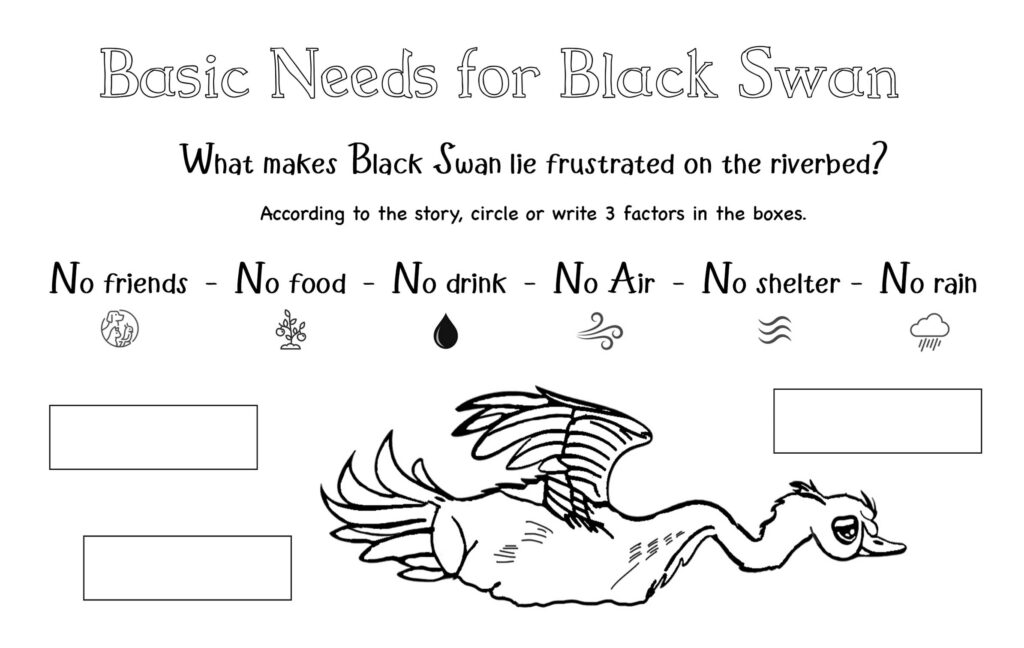
Exploring Australian Habitats with I See a Kookaburra!

In I See a Kookaburra!, readers explore six different habitats, from savanna to jungle, using clever flap pages and detailed collage artwork. Children are challenged to spot animals camouflaged in each environment before lifting the flaps to discover who they are and what they do. The text offers bite-sized facts that invite further curiosity and discussion. It’s a fantastic book for visual learners and a perfect bridge into science topics.
The Amazing Habitats: I See a Kookaburra! activity is especially useful for helping children recognise key features of different habitats. It focuses on noticing what makes each environment unique rather than what habitats animals live in. This activity supports descriptive language development and helps build a solid understanding of how habitats differ across Australia and beyond. It’s a versatile resource that fits well into a range of learning setups. Click here to download the activity!
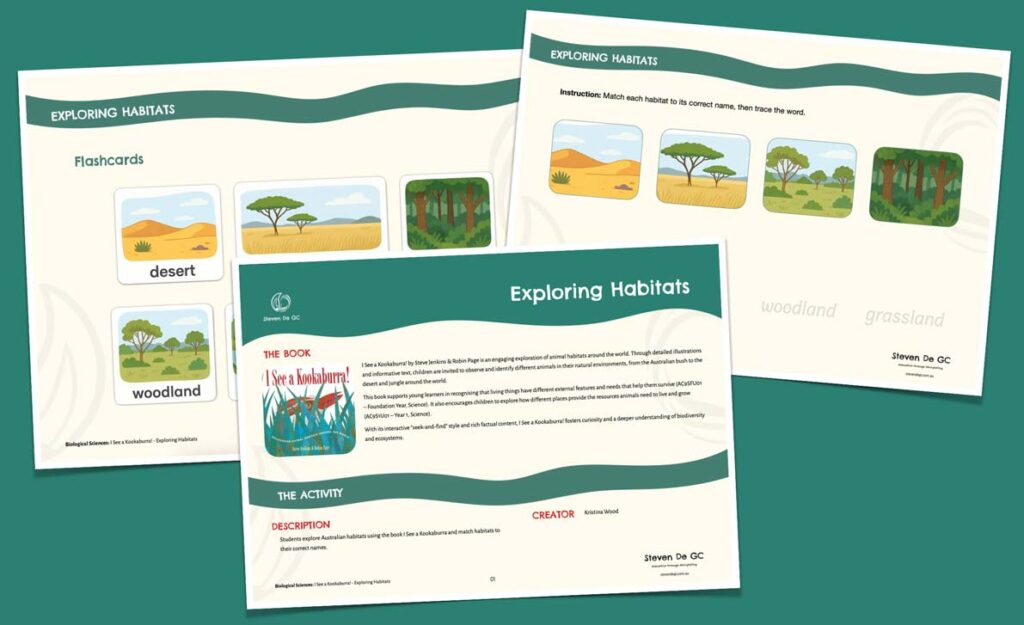
Discovering Rockpool Life with In the Rockpool
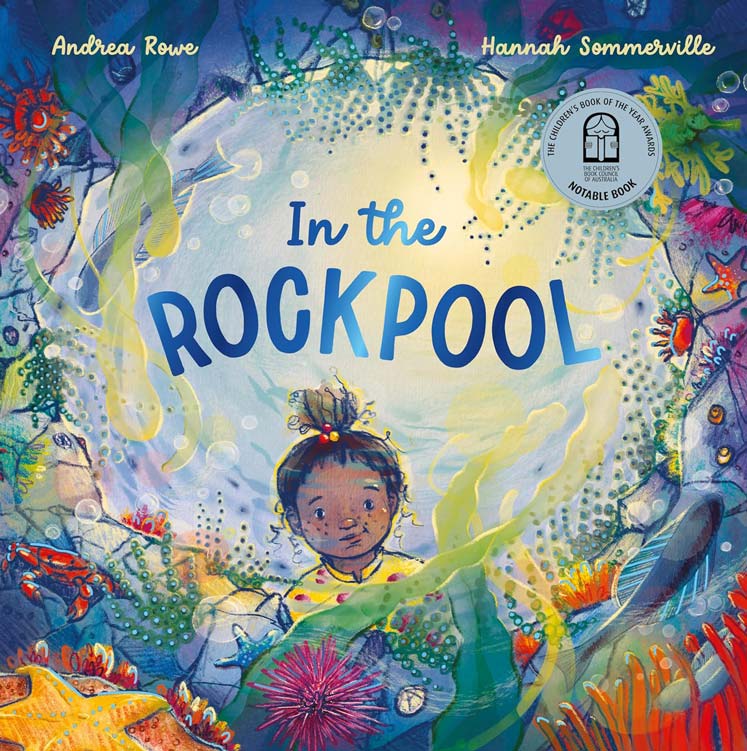
In the Rockpool by Andrea Rowe and Hannah Sommerville invites young readers into the magical world between the tides with a calming rhythm and beautiful beachside illustrations. Children count sea creatures as they appear. Starfish, crabs, sea snails. Each one perfectly matched to its sandy or slippery home. This gentle story helps children appreciate the small, hidden world of the rockpool and the creatures that live there.
The My Cool Rockpool Habitat Design activity brings a wonderful mix of creativity and science to the classroom. By designing their own rockpool habitats, children learn about the needs of different sea creatures and how they fit into their environment. It’s an engaging way to develop observation and design skills, and a natural follow-up to beach visits or virtual explorations. This activity also encourages conversations about caring for marine life and respecting fragile ecosystems. Let’s make your own rockpool with the kids!
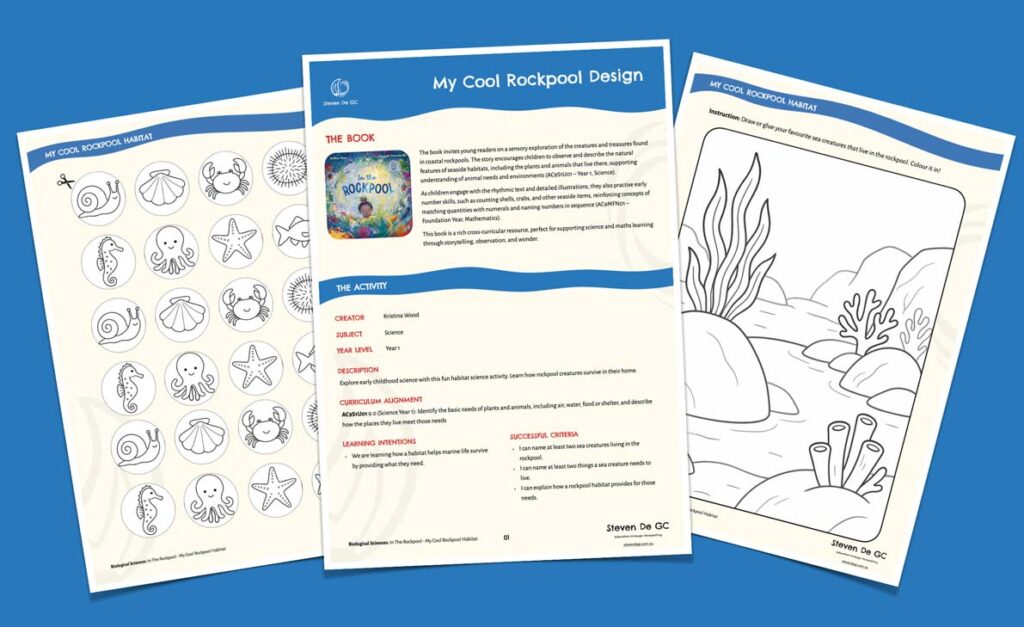
Why Use These Early Years Science Activities?
Hands-on, story-based science activities like these encourage engagement and deeper understanding. They align with Australian curriculum goals for science, literacy, and sustainability. Using rich picture books alongside practical tasks supports diverse learners and fosters positive attitudes towards nature. By integrating animal habitats classroom learning with fun, interactive resources, teachers can inspire lifelong curiosity and respect for Australia’s unique environments.



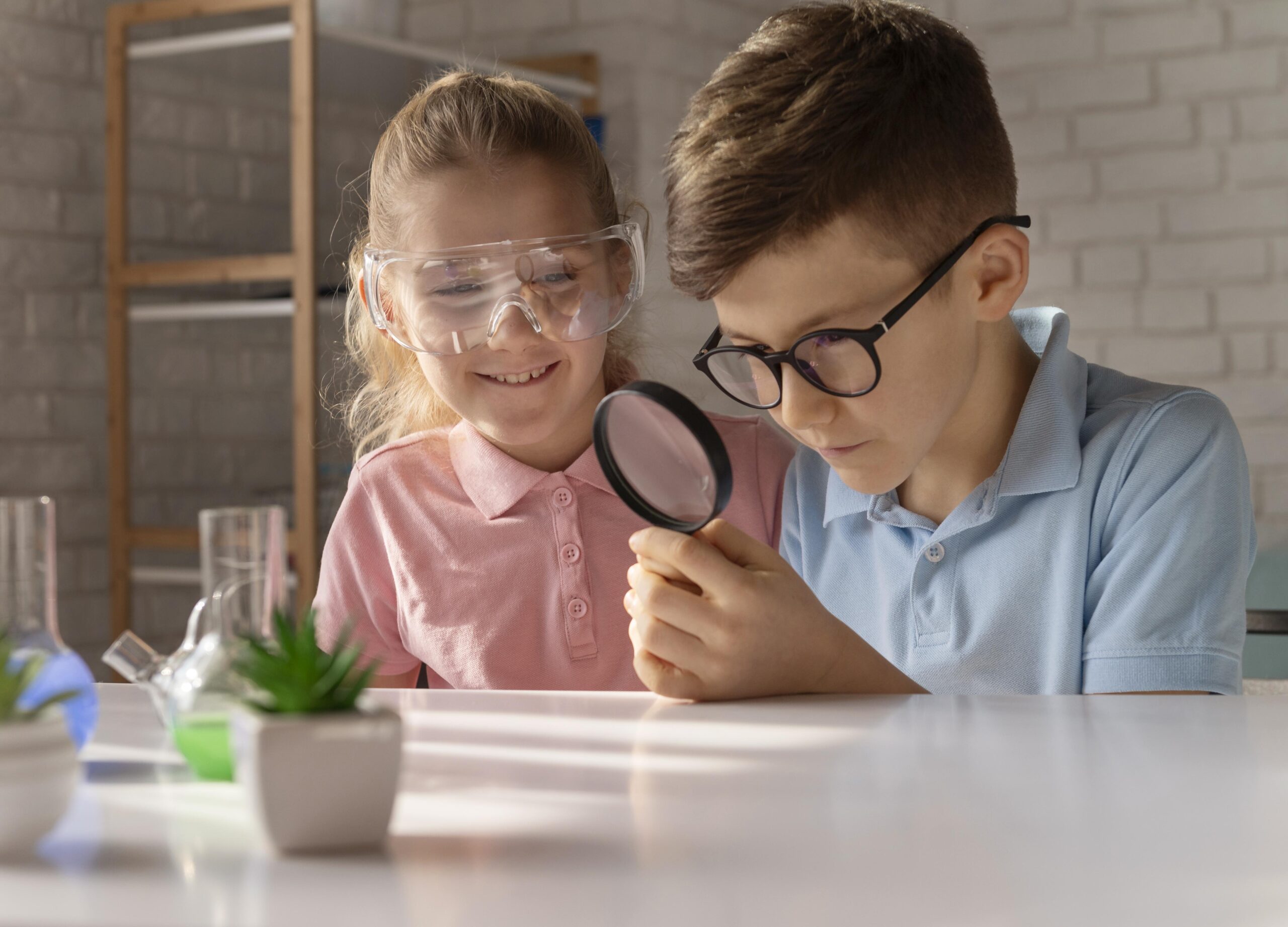
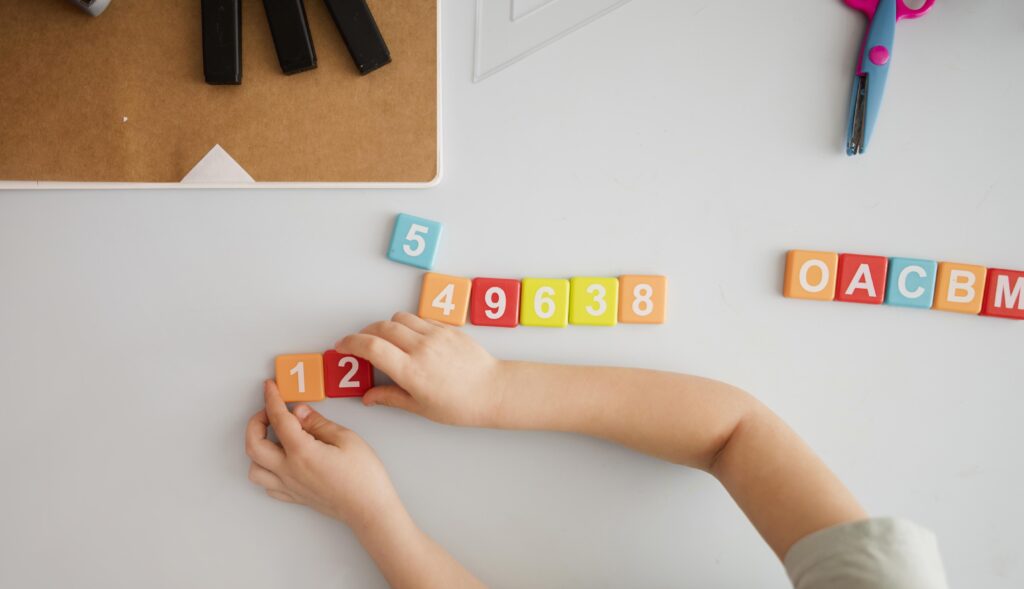
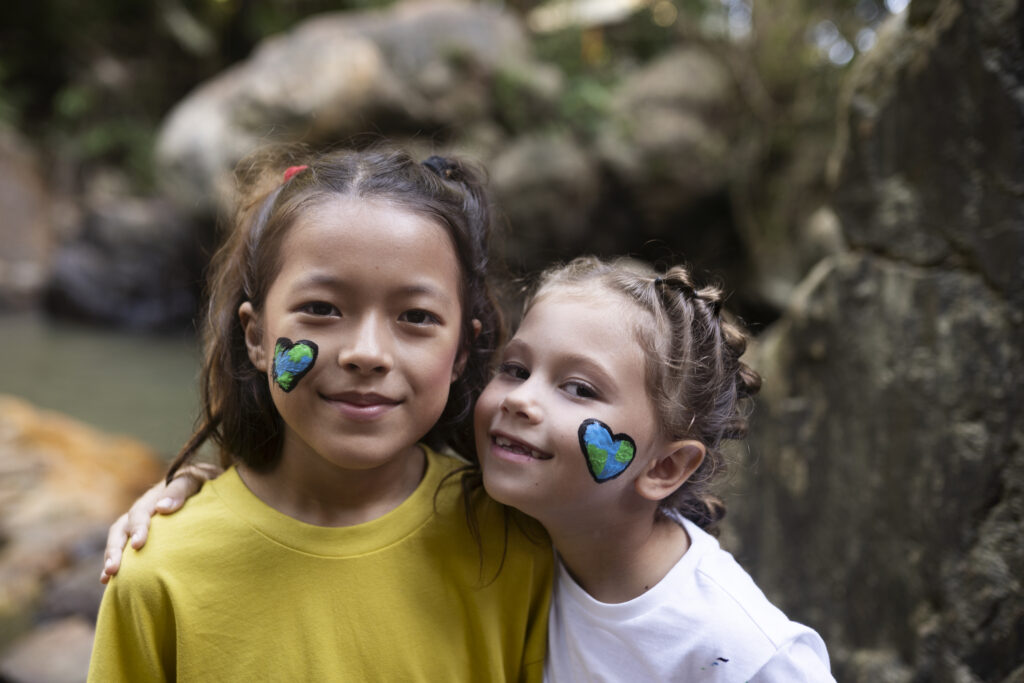
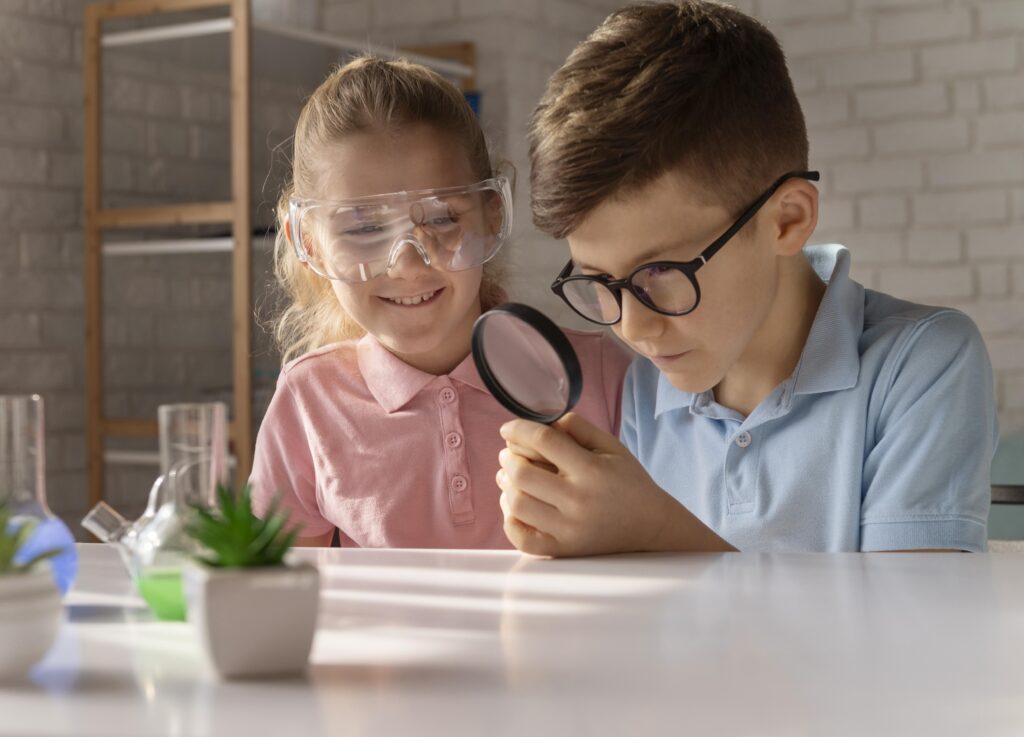
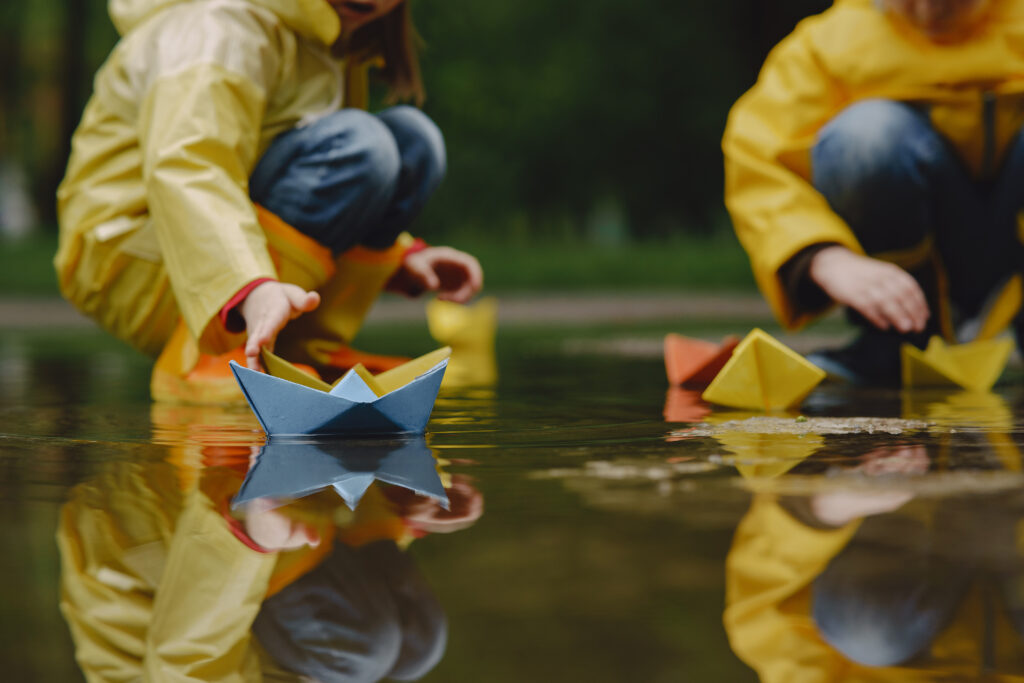

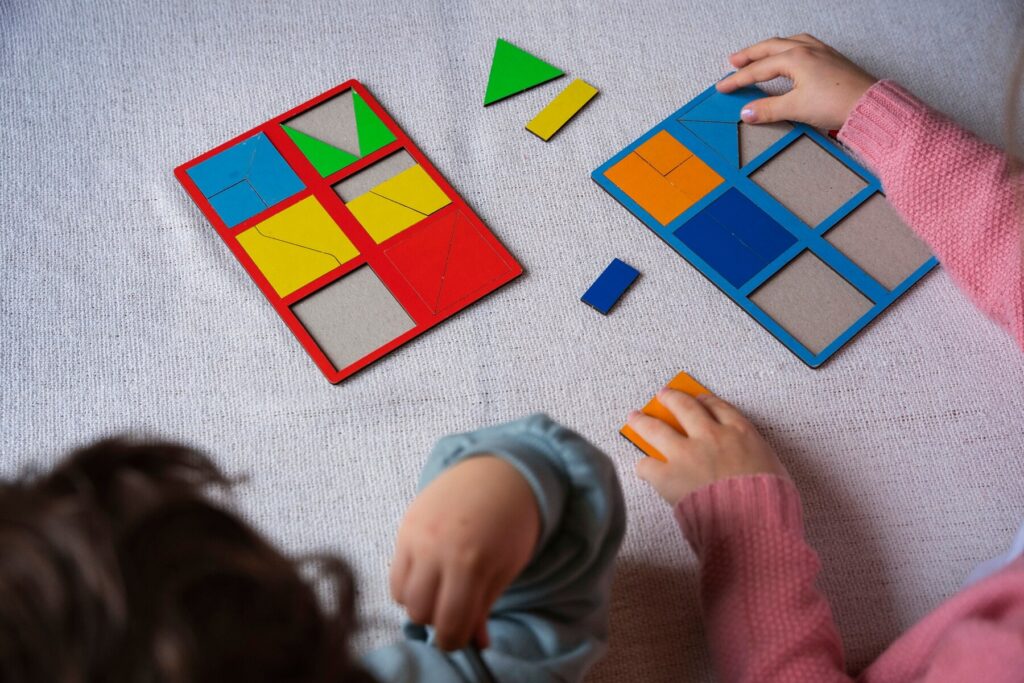
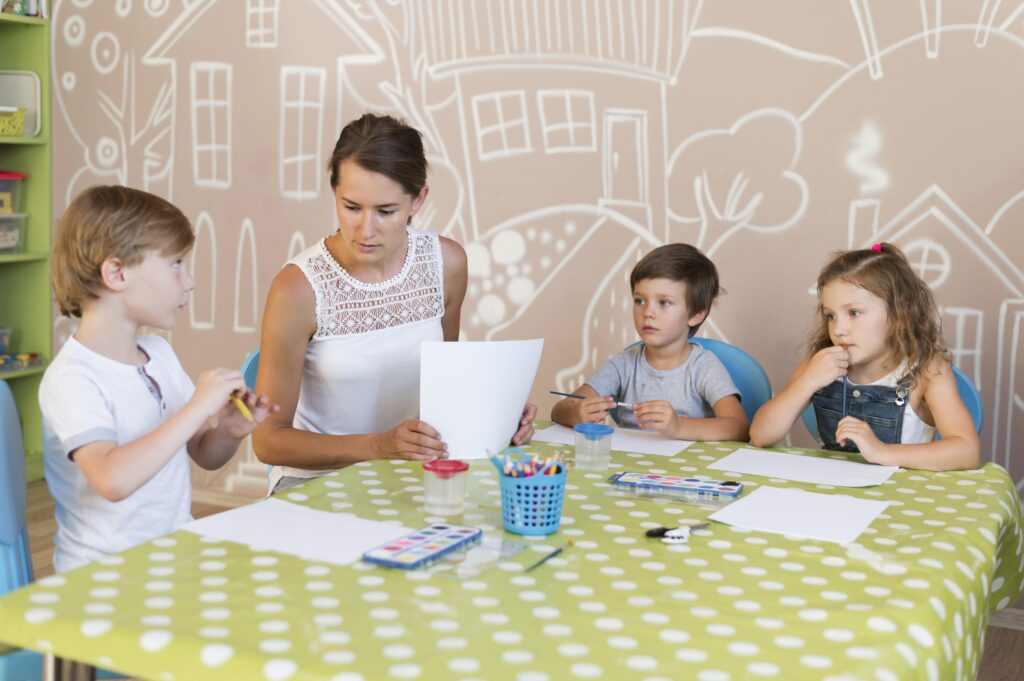



Leave a Reply